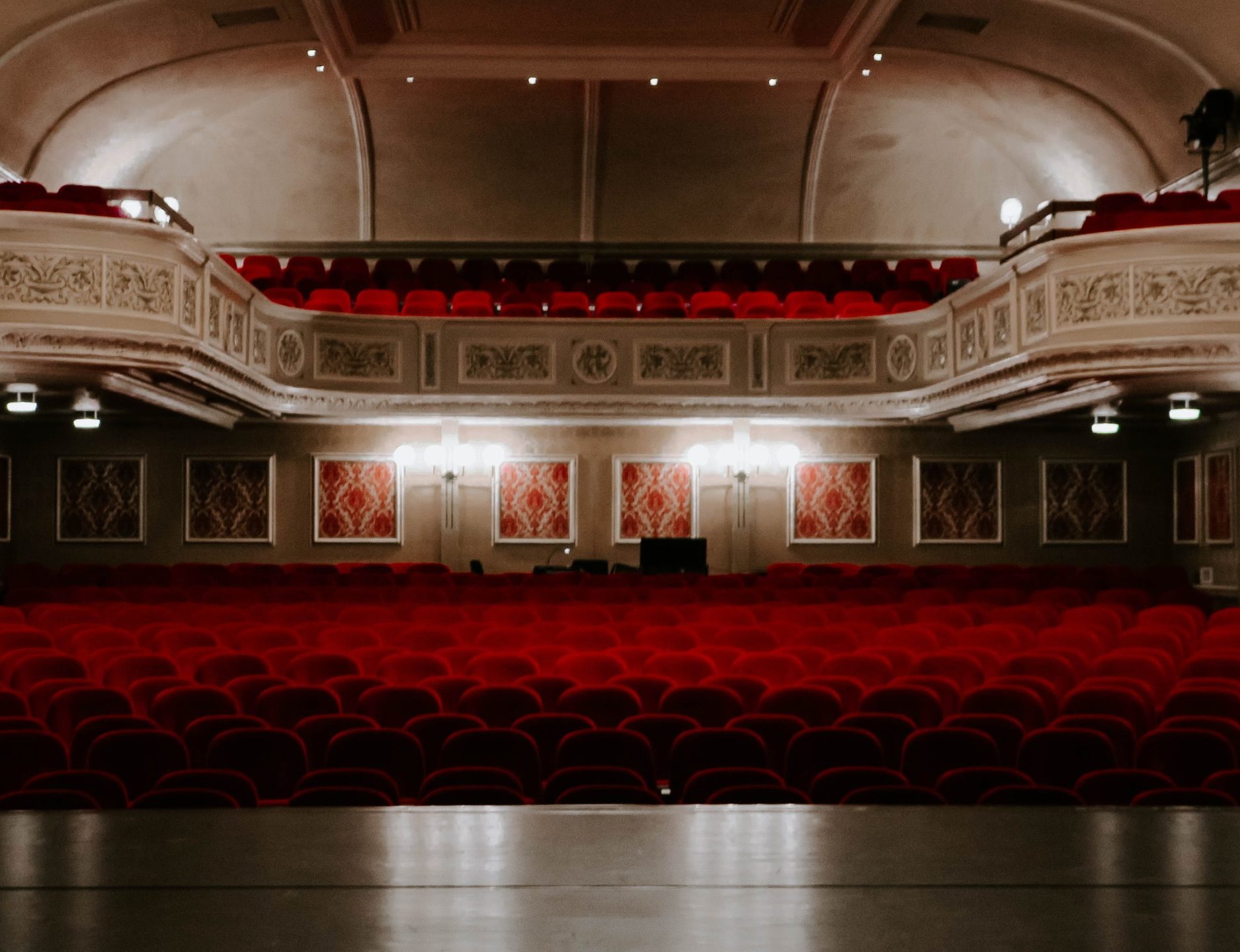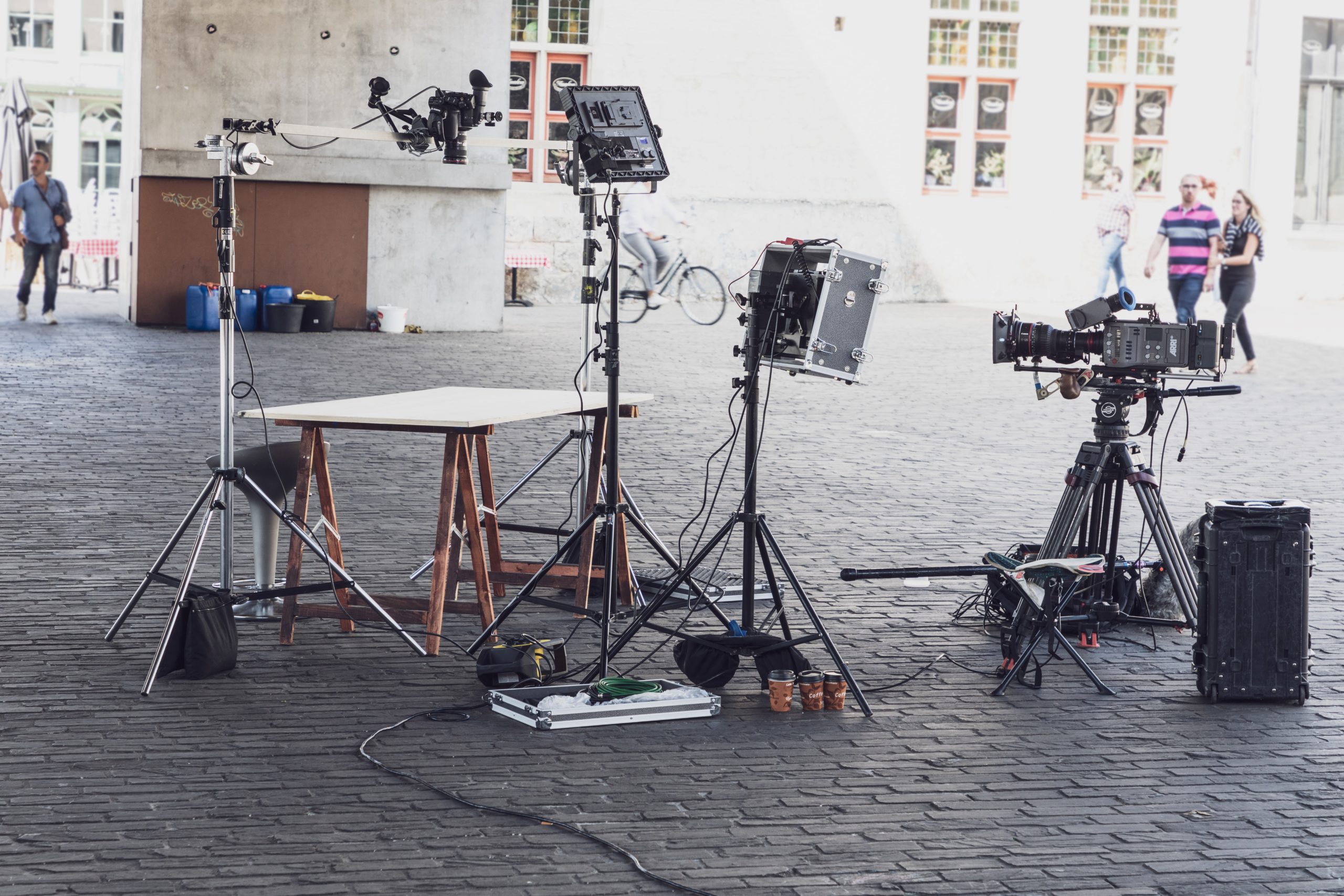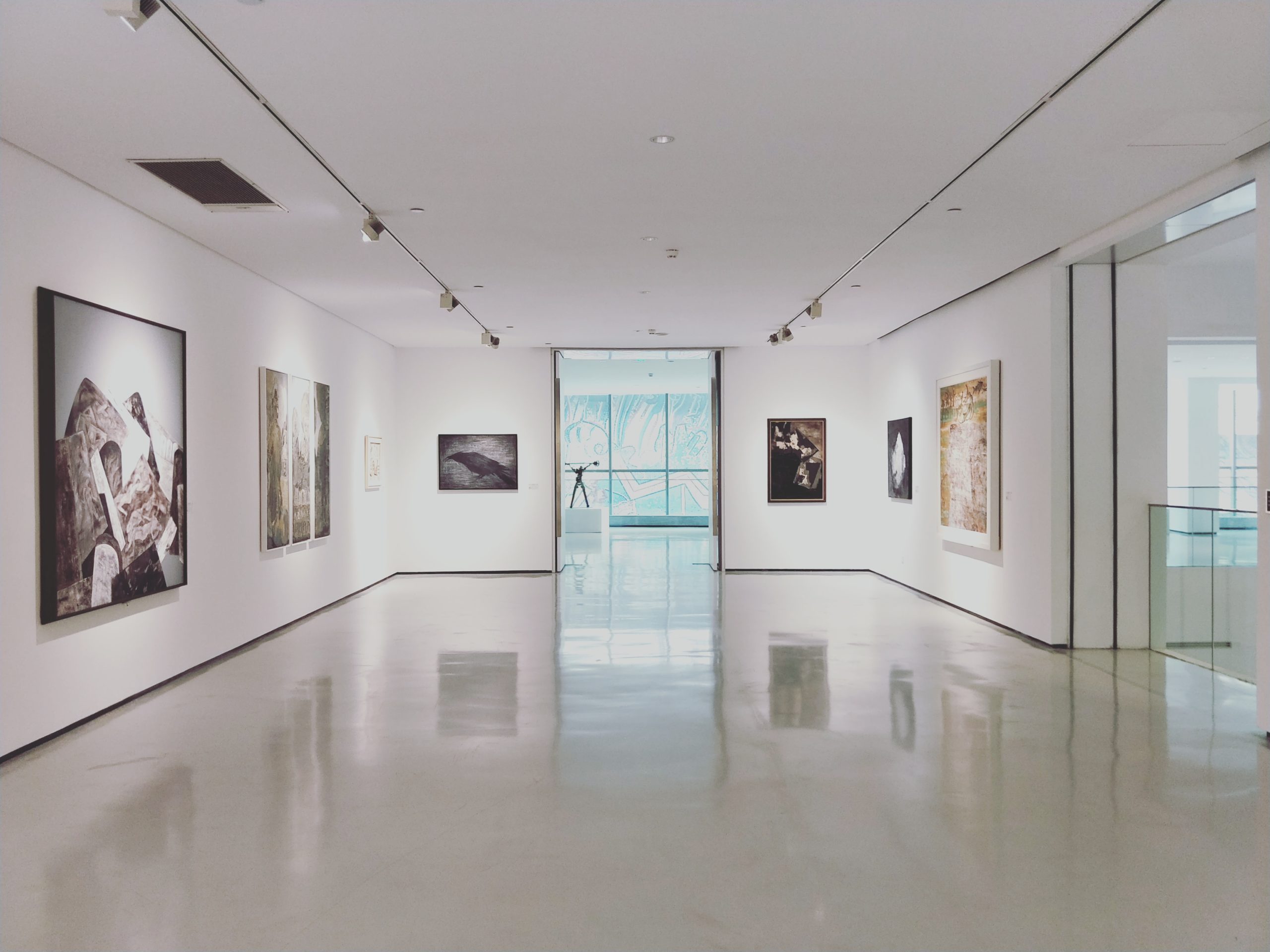September 2, 2022
Howard Steinberg
Labour Day is a time to celebrate the gains made by the labour movement and renew collective efforts to protect and enhance workers’ rights (Canadian Labour 2018). Labour, using collective bargaining and advocacy, has helped to improve employment regulations and reform labour laws to include minimum standards and protections for all workers. Though the gains are many, such as the reduced length of the workday, which some of us now take for granted, the fight for fairness and progress must be continuously renewed. It’s not just about keeping up with inflation. Some of the goals many workers still fight for include:

- Access to extended healthcare benefits
- Retirement and pension plans
- Safe and dignified work
- Adequate rest between shifts
- Freedom from harassment and discrimination
- Economic Reconciliation with First Nations
- Eliminating the gender pay gap
- Transitioning industry to carbon free & sustainable alternatives
The COVID-19 pandemic led us to reflect on our priorities and to recognize the continuing struggles of workers. An area of particular interest to me is labour in the arts and culture sector. Workers in the entertainment industry were already experiencing challenges related to precarious gig work when they were forced out of the labour market as we tried to figure out how to slow the spread of the virus. This multi billion-dollar industry that employs hundreds of thousands of people across the country was brought to a stand still. With the uncertainty surrounding ‘pandemic waves’ and subsequent variants over the better part of two years, the live events sector was hit particularly hard, and was given the moniker “first to close, and the last to open.”
Many theatres, concert venues, conference centers, and art and museum spaces were forced to close for extended periods during the pandemic. From larger nationally recognized venues to local pubs, artists, musicians, and production crew were out of work. Freelance/gig and contract workers were especially impacted. Due to their lack of job security, they were often the first to be ‘let go.’
Grassroots efforts to raise awareness and garner support for struggling workers included a nation-wide campaign, the ‘Day of Visibility for the Live Event Community.’ Organizers collaborated with production companies, events spaces, and crew, all on a voluntary basis to shine lights, quite literally, on venues and public spaces. Using the hashtag #LightUpLive, pictures and stories were shared and trending across social media, as well making local and national news.
Alliances and associations in the live events, arts, and entertainment industry collaborated, advancing their interests regarding economic and operating challenges. They helped to spread awareness and engage business leaders and policy makers in a collective effort to address the needs of businesses, community organizations and artists in the industry.
While the live events sector struggled throughout the pandemic, film and television production picked up where it left off in the summer of 2020. Unions were able to coordinate safety measures, insurance, and personal protective equipment protocols for work sites, allowing a return to work for film and television crew. Film, television, and commercials resumed production and work carried on at a breakneck pace. Fueled by increasing demand to catch up on productions that were shut down in March of 2020, as well as to supply the increasingly competitive streaming services with content, film crews found themselves being asked to work extra hours and on weekends, effectively limiting any possibility for work-life balance, let alone sufficient rest between shifts. Burnout and dangerous commutes home due to exhaustion became common occurrences (IATSE Members; Hollywood North).

IA Stories is a grassroots membership-run social media account that facilitates discussions regarding workers’ experiences. With over 160k followers, it is helping to raise awareness of collective issues and foster solidarity amongst the membership. Many of the posts on IA Stories recount unsafe work and issues related to overwork, misclassifications of roles, and examples of harassment and discrimination, essentially engaging the membership on a much wider level than was possible in previous bargaining rounds.
IATSE, also know as IA, is the International Alliance of Theatrical Stage Employees, Moving Picture Technicians, Artists and Allied Crafts of the United States, its Territories and Canada. This union represents workers in film, television, stage, and live events. Last year, after being in collective bargaining negotiations with the studios, producers, and streaming services, IATSE signed a new contract helping to address some of the concerns of workers. Organizing amongst the membership and support for a strike mandate helped the union’s negotiations, securing improvements to the collective agreement.
Not all workers in the entertainment industry are unionized. Many workplaces, including venues, do not have collective bargaining agreements. However, workers that had not always been part of unions, for instance in VFX, commercials, and animation, are joining at a rapid pace, contributing to growth in union membership. These workers are unionizing and joining IATSE because they recognize the benefits of collective bargaining and representation.
I spoke with Damian Petti, President of IATSE Local 212 in Calgary and 3rd International Vice President of IATSE, about the union and how new members are helping to bring the 129-year-old union up to speed when it comes to inclusivity, sustainability, and workers rights. Petti explains that “the union is changing because its composition has changed and that's a good thing.” New members are increasingly younger and more diverse.
According to Petti, “There's a real push coming from the younger members to make the quality of the workday better, people want better quality in their workplace, and I think it's the young generation that will push that through, ultimately through collective bargaining.” For instance, more women and BIPOC members “are injecting interest into the union, for things like green initiatives and diversity committees. It’s a different group, and it's a young, a very young group.”
IATSE is moving away from the ‘Old Boys Club’ towards an organization increasingly influenced by new members, including the ‘Young Workers Committee’ (YWC):
“The YWC is still finding its footing. There are a number of young workers who want to become more engaged in the local and some of the initiatives are green initiatives. Historically they participated in pride parades and protests and other social actions. There is a real willingness to take on more and more initiatives and the younger workers are more motivated than the older workers. The younger workers coming in are more engaged. They want to learn more about the collective agreement, and what their rights are.” -Petti, IATSE Local 212 President

New members are engaging with each other and helping to lead the union into a more equitable and sustainable future. Viewed holistically, these trends are being scaled up from grassroots initiatives to national and international solidarity. IA Stories and #LightUpLive also show how voluntary collaboration across professional and social networks can help raise awareness and bring people together to tackle the challenges they collectively face. As the labour movement strengthens, there is much to be hopeful about.
Organizing workers is the surest pathway to improving working conditions and workers’ rights. Many of the challenges workers continue to face preceded and in some cases were exacerbated by the pandemic. One of COVID-19’s lasting impacts may very well be the way it encouraged dialogues that centered around working conditions and collective action to improve upon the status quo. The work is just getting started.
